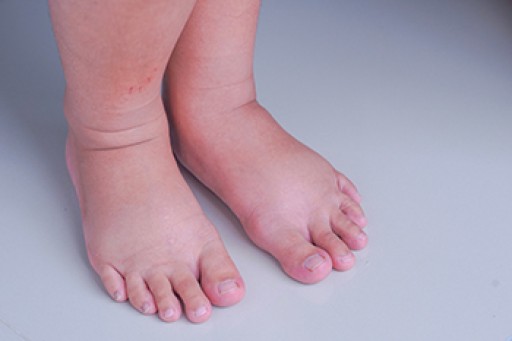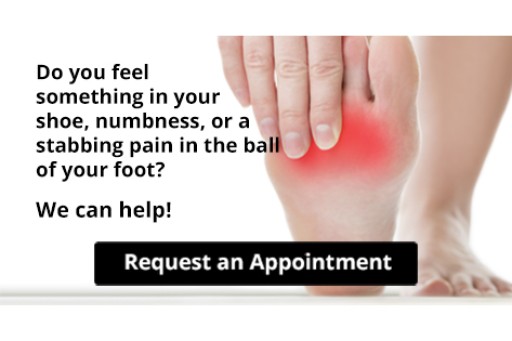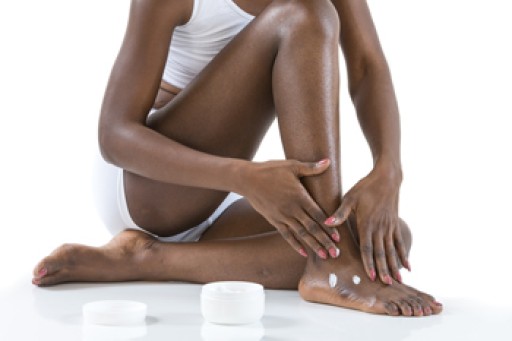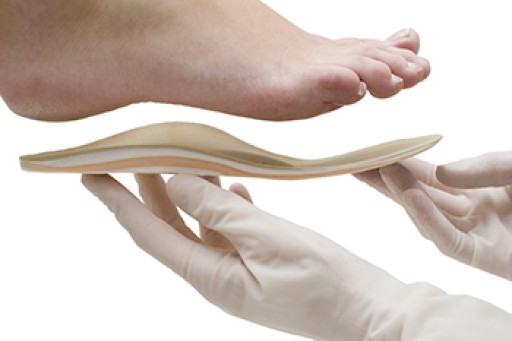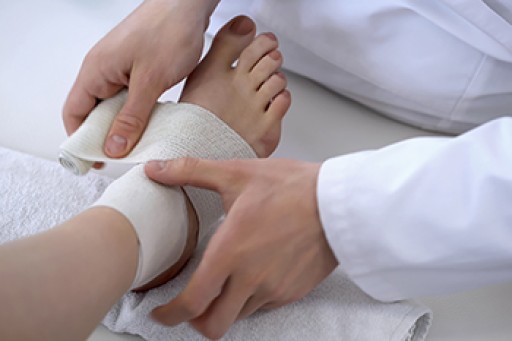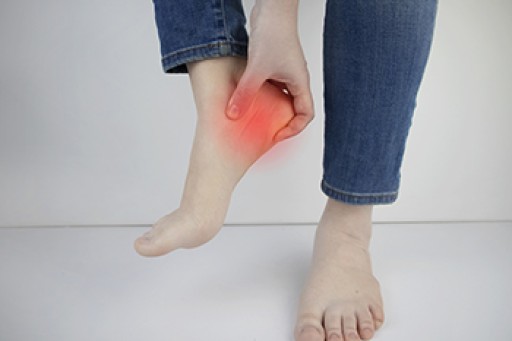
When excess fluid gathers in the tissues of your feet and ankles and causes swelling, it is known as edema. Edema is an unpleasant side effect most women experience during pregnancy, becoming quite uncomfortable in the third trimester. Edema during pregnancy is caused by a number of factors. First, when a woman is pregnant, their body retains more fluids. Also, their growing uterus places pressure on veins in the lower extremities, which slows the rate of blood returning back to the heart. This can cause blood and fluid to pool in the tissues of their feet and ankles. Pregnant women dealing with edema would do well to make an appointment with a podiatrist. With exercise recommendations, compression stockings, custom orthotics, and other foot care, a podiatrist can be very helpful to any pregnant woman who is struggling with edema.
Pregnant women with swollen feet can be treated with a variety of different methods that are readily available. For more information about other cures for swollen feet during pregnancy, consult with one of our podiatrists from Footcare Now. Our doctors will attend to all of your foot and ankle needs.
What Foot Problems Can Arise During Pregnancy?
One problem that can occur is overpronation, which occurs when the arch of the foot flattens and tends to roll inward. This can cause pain and discomfort in your heels while you’re walking or even just standing up, trying to support your baby.
Another problem is edema, or swelling in the extremities. This often affects the feet during pregnancy but tends to occur in the later stages.
How Can I Keep My Feet Healthy During Pregnancy?
- Wearing orthotics can provide extra support for the feet and help distribute weight evenly
- Minimize the amount of time spent walking barefoot
- Wear shoes with good arch support
- Wear shoes that allow for good circulation to the feet
- Elevate feet if you experience swelling
- Massage your feet
- Get regular, light exercise, such as walking, to promote blood circulation to the feet
If you have any questions please feel free to contact our offices located in Elmhurst Jackson Heights, and Astoria, NY . We offer the newest diagnostic and treatment technologies for all your foot and ankle needs.
